The following text is a product description of pearl products listed on Etsy. I took the opportunity to transcribe it on this website. The contents include basic information about the pearls listed, the selection process for those pearls (harvesting time, how to select the highest quality), pearl classification and the pearl industry (half-drill, drilled-throgh), shipping and thoughts for buyers, and some pretty off-topic digressions. Chat-gpt told me to summarize it because it’s too long and off-topic, but I’m posting it as is. I’m going to practice writing short, to-the-point sentences over the next few years. Please enjoy.
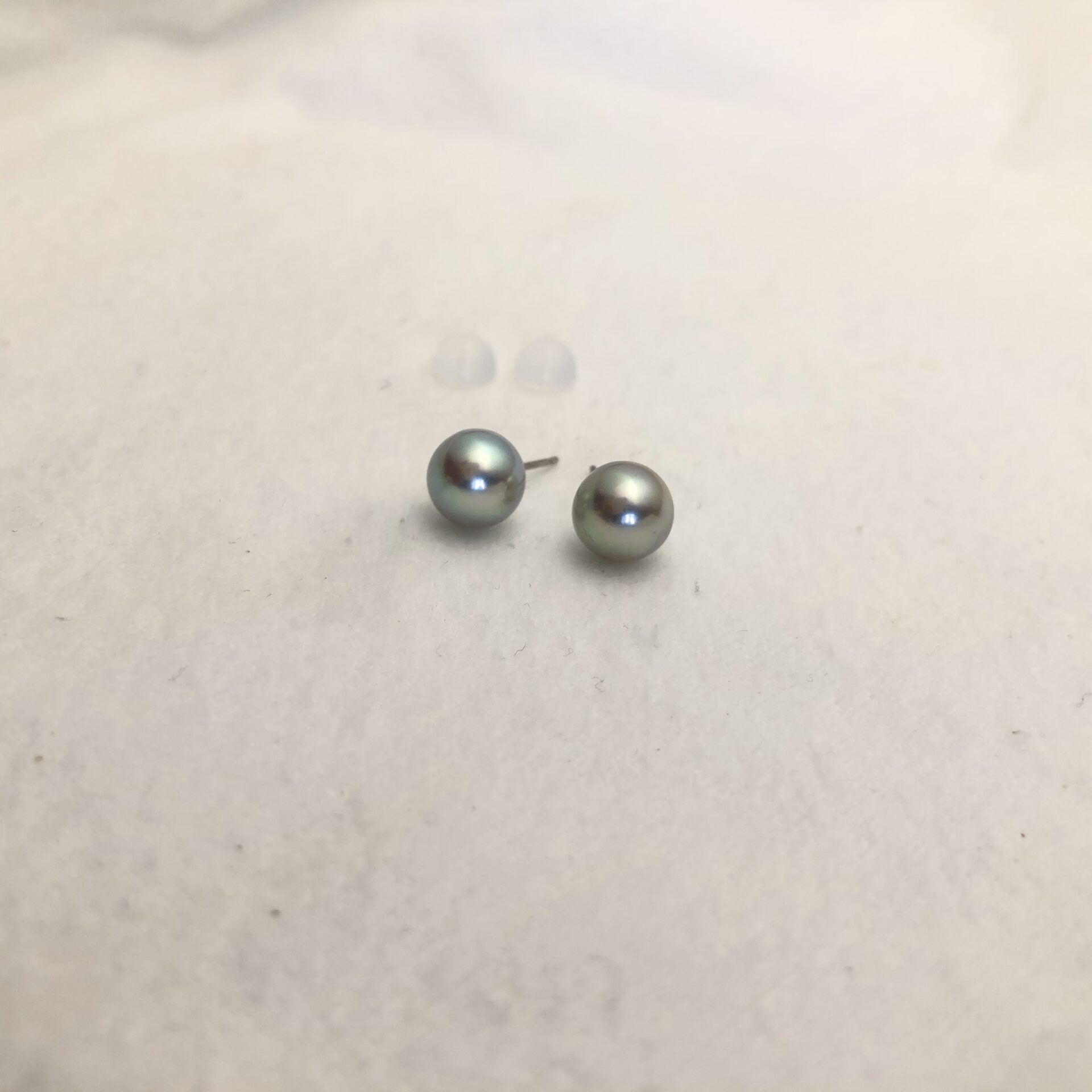
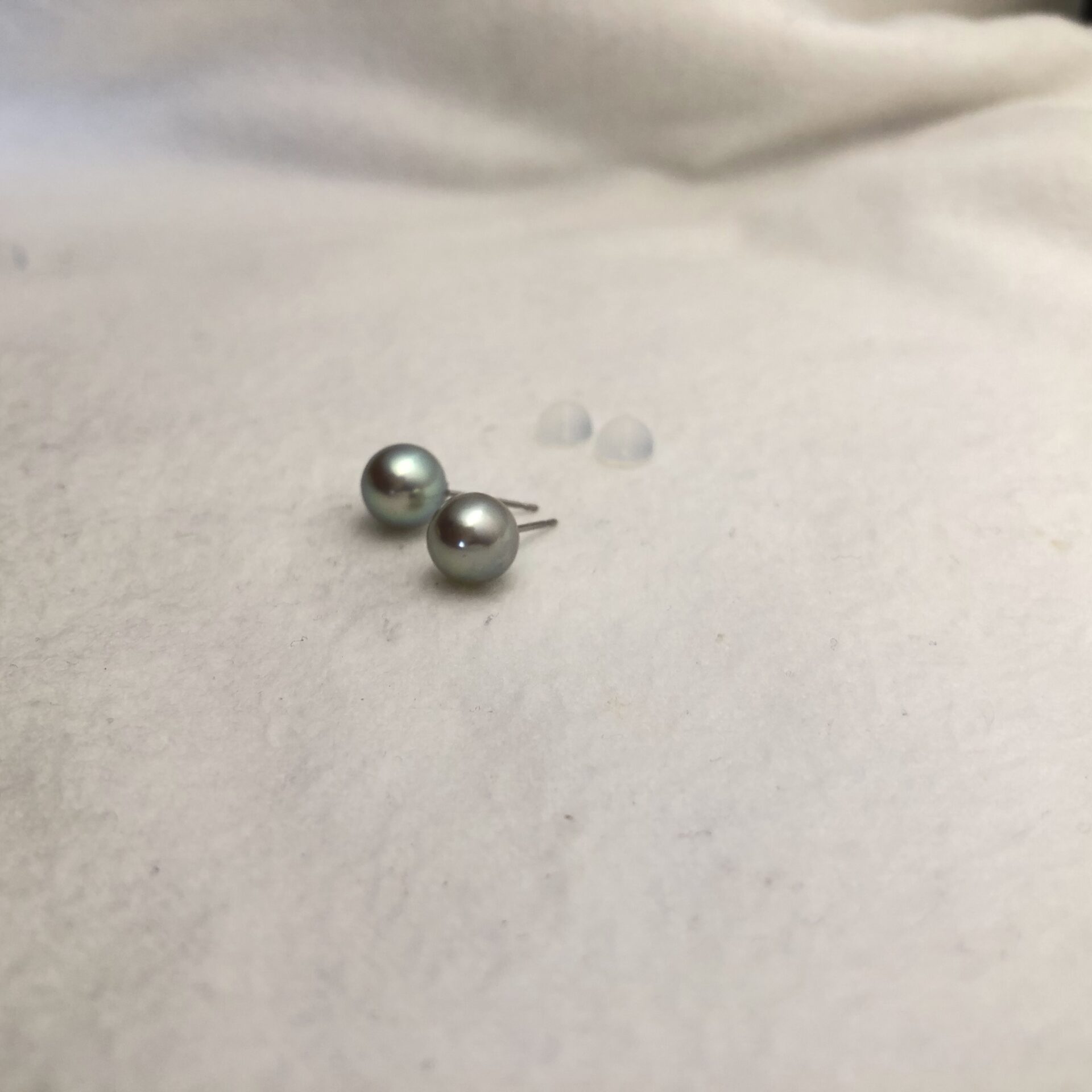
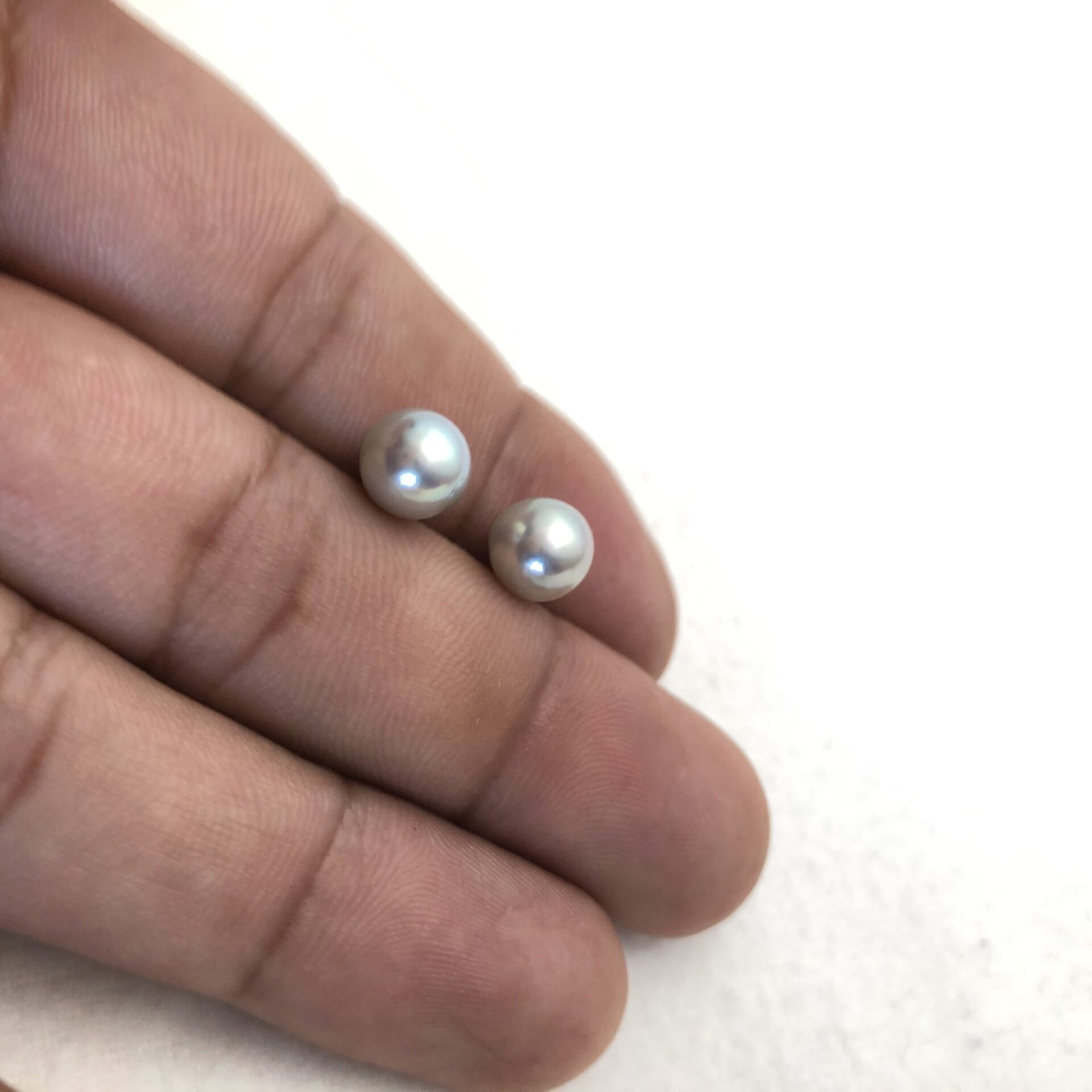
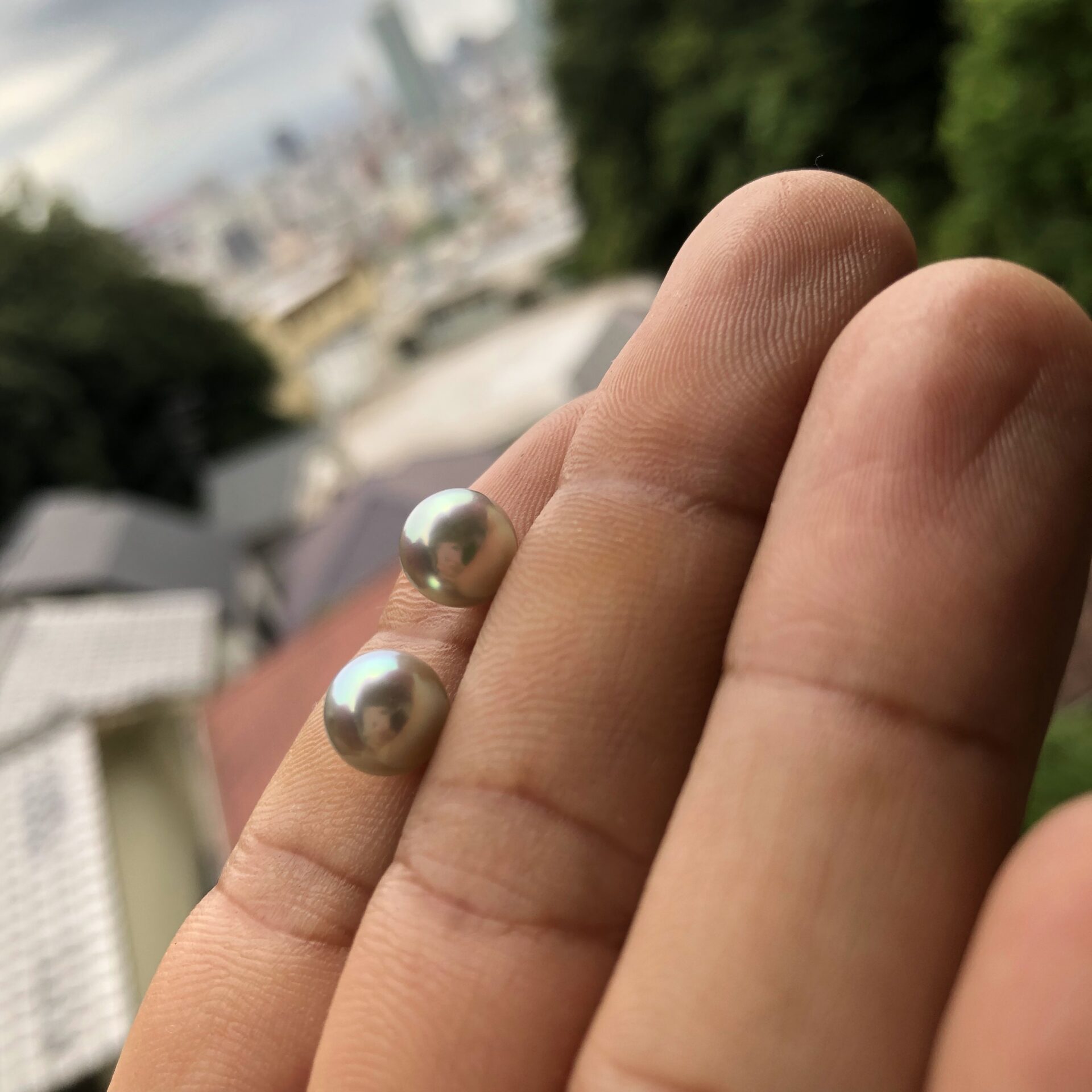

These are Akoya pearl earrings. The sizes are 7.80mm and 7.75mm.
I call them pearls, but they are blue and can also look whitish depending on the light.
That’s why I take pictures of pearls indoors and outdoors and post them.
These earrings were made on August 30, 2024.
And I’m writing this product description for this pearl product on February 18, 2025.
I thought, “I’ll write about it later,” but so much time has passed.
When I made these pearl earrings, I made a total of 20 earrings at the same time, including these earrings. At the time, there were about 40 products listed in my Etsy store, but I plan to double that number to 80.
It’s good that I made a lot of products at once, but I couldn’t keep up with the product articles.
Also, the pearls used in these 20 earrings were harvested in January 2024.
I purchased some of the pearls harvested in January 2024, and from that lot, I chose a pearl that was quite shiny and close to round in shape.
When choosing pearls to purchase, a typical pearl dealer will first start by selecting pearls that can be used for rings and earrings. There is also one small one. By attaching a metal fitting to the scratched side, the scratch will not be visible from the front when the pearl is made into a ring or earring.
For pearls used for rings and earrings, it is not good to have scratches on the front side (visible to people). Inevitably, pearls that can be used for rings and earrings are in the high quality category in terms of the number of scratches and the strength of the luster.
In the pearl industry, they are called half drilled.
Pearls that cannot be used for diamond rings and earrings are used as pearls for necklaces.
They are called Drilled-Through. Pearls for rings and earrings are called HD, and pearls for necklaces are called DT.
Before telling a pearl dealer “I want a pearl,” they should always ask “HD? DT?”
Of course, there are ranks among HD. First, round and baroque pearls are selected.
The round pearls are selected in order of luster. If the lot itself is a group of pearls with high luster, even the fourth rank pearls will have high luster, and if the lot itself is a group of pearls with low luster, even the first rank pearls will have low luster.
These levels depend on the pearl dealer.
At Mikimoto and Tasaki, most of the pearls they handle will have high luster.
On the other hand, there are also stores where all the pearls sold are low luster.
On the other hand, the pearls at such stores are relatively cheap, so I think there is an advantage in that there are many pearls that can be purchased easily.
Returning to the topic of selection, the selection itself is very simple. You stare at a collection of about 40 pearls and select the pearls with low luster from among them. It’s like a row of 10-watt to 100-watt light bulbs. If you have a lot, you may select 100-watt light bulbs and standardize them with 60-watt light bulbs. It is easier to sell pearls with uniform quality. From the buyer’s perspective, if the pearls are uniform in quality, they can be used as necklace pearls as they are.
However, the brightness of each pearl is different, so they cannot be used as necklaces as they are.
Some people may not know much about the thickness of the nacre, but if you collect about 40 pearls and compare them, you can immediately see the difference in the thickness and thinness of the nacre. Let’s borrow the plastic wrap that 10 friends use at home and arrange them neatly. I’m sure you can immediately see the difference in the amount of plastic wrap left by comparing them. I think that the difference in the thickness of the nacre of the pearls is similar.
I’m going to continue talking, so I’ll go back.
In short, the pearls on this page were harvested in January 2024.
Of the 40 pearls with the strongest luster out of several hundred, two of them are the pearls used in these earrings.
Now, the ring below is a video of those 20 pairs of pearl earrings taken together.
And here is a link to a video of the process when their pearls were selected.
This video is about making a pair of earrings over a long period of time, but it’s hard to watch no matter how much free time you have.
If you are interested in how a pair of pearls is made, please take a look.
My mother said “It seems so far away” within 3 seconds of the start.
You can also check the quality of the pearls listed on this page by comparing them with other pearls, so if you are wondering “What kind of quality is this pearl actually?”, please take the time to check it out.
Now, Japan, which is in the northern hemisphere, is in the middle of winter.
Last weekend was warm and the temperature was about 11 degrees.
However, another cold wave is coming on February 18, 2025.
In the northern regions of Japan, even people over 90 years old seem to be busy shoveling snow every day.
In the southern part of Osaka where I live (about 20 km north of Kansai International Airport), it hardly ever snows, but the minimum temperature seems to have dropped to about 2 degrees.
I originally lived in Kobe, but since April last year I have been living here in southern Osaka, in a place called Izumiotsu City, only on weekdays. This is because I work during the weekdays for a job that is unrelated to pearls.
Since I moved to Izumiotsu, I have been driving my motorcycle on the highway for 50 minutes every weekend to return to Kobe.
Now that I can get away from Kobe, I have noticed the charm of the city of Kobe.
The city of Izumiotsu is, for better or worse, a residential area. There are not many people around, and there are no particularly lively places.
Kobe is a glittering city.
Osaka city is more flashy and lively. There are probably more than five times as many tourists as Kobe.
I look forward to the weekend every week because I can see the pearls and go back to this beautiful town.
There’s a saying in the old days of the 19th century that goes something like “A parent’s love is understood even when they are far away,” and China is like that.
Because I’m in Izumiotsu on weekdays, I only ship pearls to customers on Saturdays and Sundays.
Customers who order on Fridays will think, “This is a store that ships quickly,” but customers who order on Sunday night won’t think, “This store is slow, this store’s service is not good.”
I’ve lost track of what I was talking about, so I’ll talk about shipping.
I ship every Saturday and Sunday, and one of the things I do when I ship right away is write a letter. I personally love receiving handwritten letters and it makes me very emotional.
That’s why I write handwritten letters to everyone who orders from me.
The letters usually contain my expectations and worries about whether you will prioritize the pearls, how to care for the pearls, and a small gift from me.
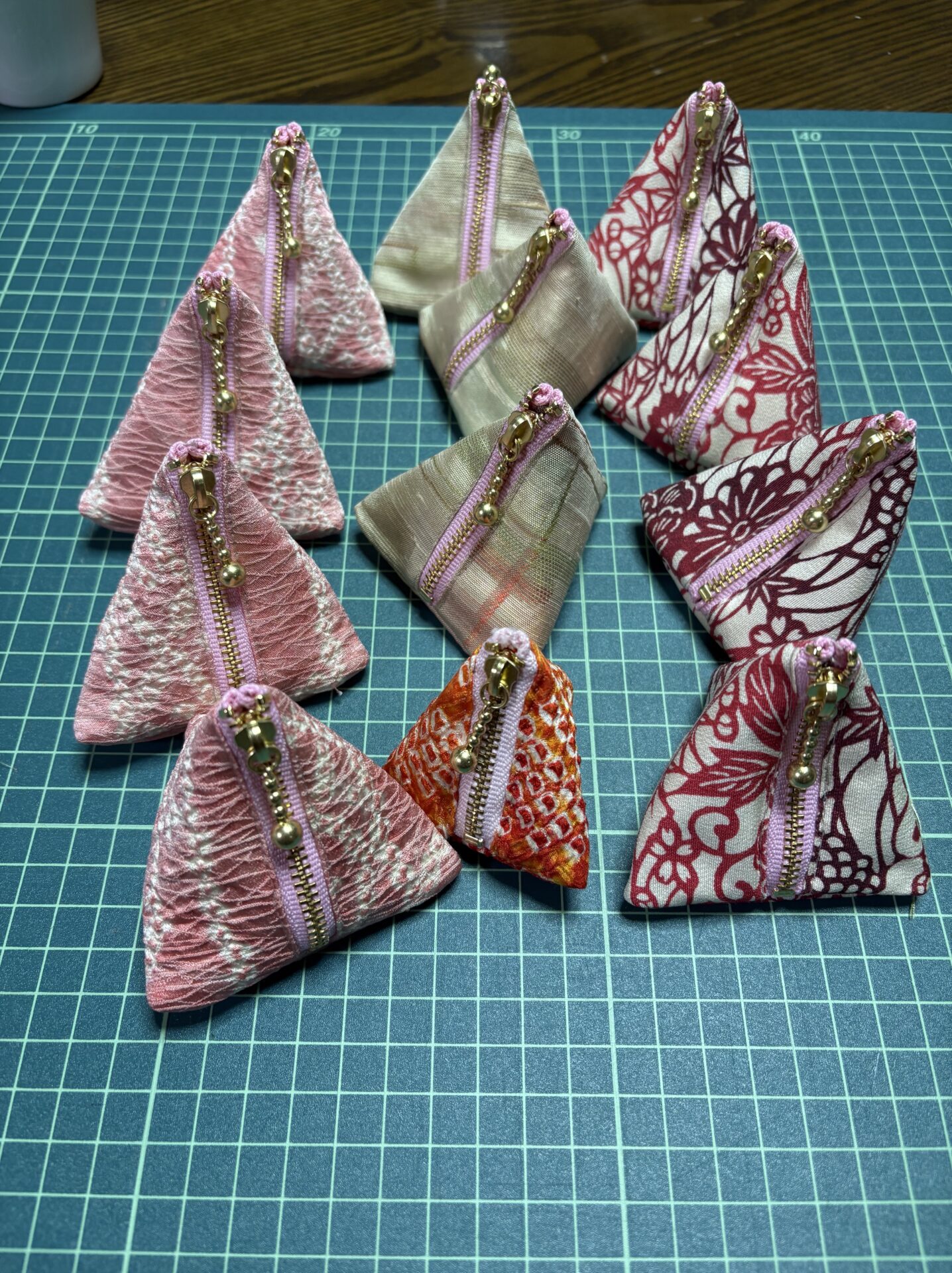
I also wrote handwritten letters at my previous job at a pearl company.
I wrote letters to both business partners and customers.
Everyone was very happy, but my superiors and colleagues at work were all cold and many of them were smart people of today who said “There’s no need for letters.”
I first became impressed by handwritten letters about 20 years ago, when I was in my 20s.
At first, it was just my family, my mother and my brother who would occasionally exchange letters.
After a while, my mother said “I don’t know what to write,” and my brother said “Once every 10 years is fine,” and it just died out. Next, I wrote a letter to a close friend. When my friend saw my letter, he immediately called me.
When he saw the unexpected handwritten letter from me, he made it my will.
I realized once again how rare handwritten letters are.
And so I started to refrain from writing letters unnecessarily.
But now I am able to write letters to customers who place orders with me.
I always write letters while daydreaming about such things as, “I wonder what kind of person bought this,” “Will they take good care of this pearl,” “Will the sentence be irritating because it’s so long,” “I wonder how my English looks to people overseas,” “I write how to take care of pearls in the same way as I take care of glasses, but there’s a good chance that this person doesn’t have glasses.”
I also send a small gift to each customer along with the pearls.
In the early days (2020), it was a postcard I bought nearby.
Then, a sponge for washing dishes made from yarn that my mother made.
After that, a tissue case that my mother made from a kimono, and more recently, a small item holder that my mother made from a kimono. I think it’s nice for customers to think, “I’m fine with just buying pearls,” but I personally think it would be nice if the store where I purchased the product gave me something “as an added bonus,” so I would like to give a gift as well.
However, some customers have given me gifts.
A collar, leash, and toys for Lulu (my parent’s dog).
I was really surprised by this, and I felt very honored and happy.
There are also customers who regularly write me several letters.
However, unfortunately, I often cannot say goodbye to them politely every time.
This year, I intend to deal with such customers appropriately.
I want to write letters from the perspective of a pure human connection, rather than an email saying, “Please buy pearls again.”
Pearls are expensive, and I am very happy just to have them buy them.
Some customers purchase earrings, bracelets, and necklaces in succession.
To me, they are like gods.
However, I continue to send the same kimono accessory case to such god-like customers.
I consult with my mother, saying, “You need more variety, it’s not good to make the same thing every time,” but she also says, “I don’t know what to make, you think about it.”
My mother is 73 years old and unemployed. She has spent half her life working for us to raise her three brothers. For the past 10 years, she has retired from the company she worked for for many years and has been living as an unemployed person every day.
However, with her husband (my father) being a quiet and irascible man who doesn’t do any housework, it seems she struggles with cooking the meals every day.
Her parents are not rich at the time, but they lead a frugal life and are not short of money. They also seem to be able to harvest a lot of produce from their tiny field.
In this kind of lifestyle, it seems that making kimono and accessory cases is a bit of a stimulant for my mother, who also lacks any particular stimulation.
She says it’s stimulating to see the pearls being sold in Japan.
My mother is a traditional woman who lives in the countryside of Japan, and has only been to Taiwan. So she laughs and says it’s “unexplainable” that the trinket boxes she made are going to so many countries.
For me, it feels better to give “something made by my mother” to people who buy pearls, because it feels more “blood-filled” than to give ready-made products.
I’m sure there are some people who think, “The people at this store always talk about their mothers, they must be mama’s boys.”
That can’t be helped, but through pearls, I feel like I’m working together with my mother on a project, so I’m very satisfied.
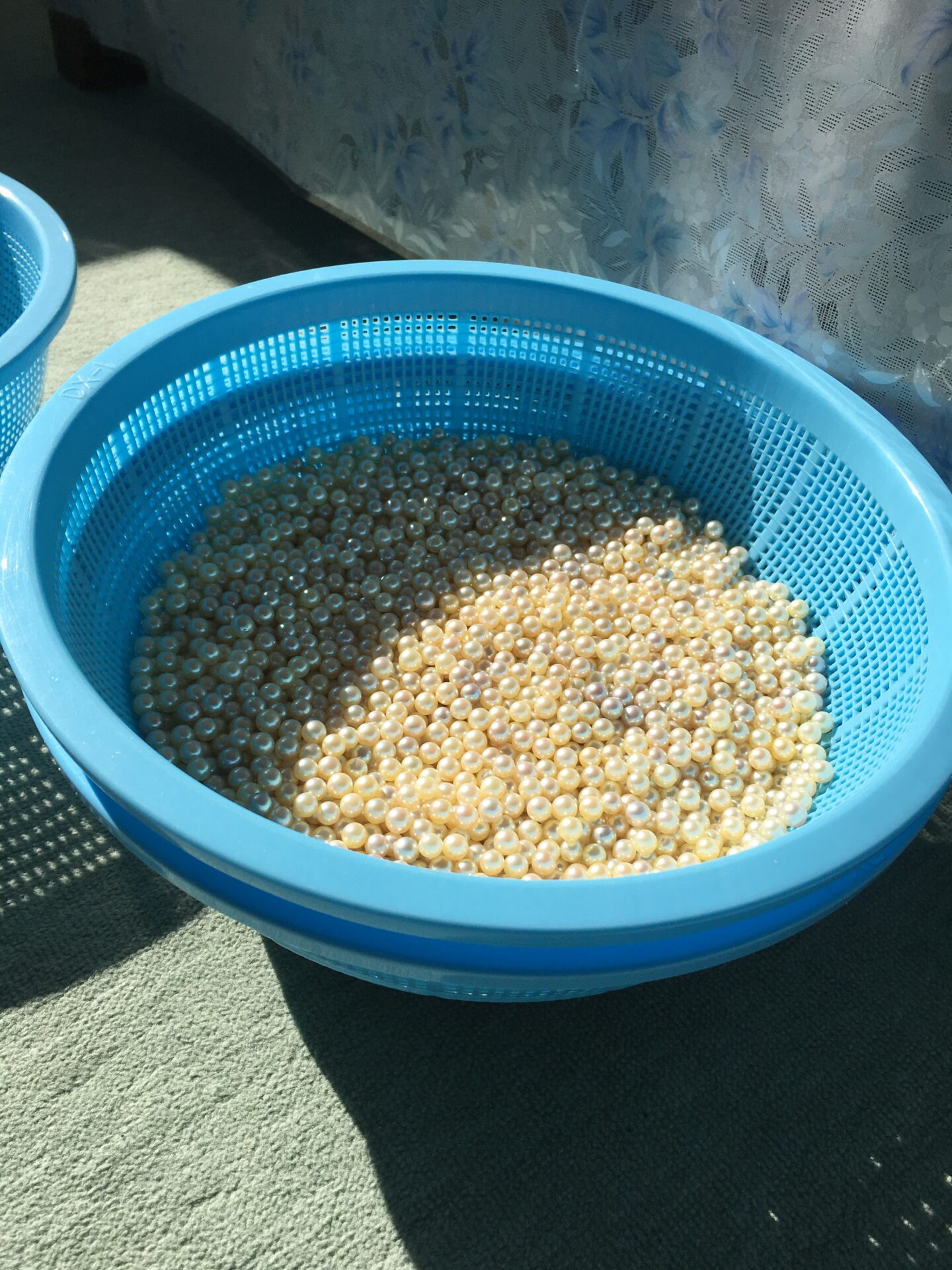
By the way, my mother has no interest in pearls at all. She doesn’t seem to be interested in jewelry or accessories in general. Apparently my mother was very poor when she was a child.
I found the stories about my mother’s childhood that I heard last week very interesting.
My mother’s family was poor, but her uncle was rich. He was the owner of the largest ironworks in the city. Most of the ironworks in the city where my parents live are now independent factories that were spun off from my uncle’s ironworks.
When my mother was a child, few people in the neighborhood had a television, but my uncle’s house had one, so she often went to watch TV.
At Christmas, my mother was treated to a buttercream cake, which was expensive at the time.
It was not a metaphor, but a cake that was as big as a fingertip when it was shared with her siblings and family.
Even so, she was very surprised, saying, “There is something so sweet in the world!”
It’s a bit of a sad story, but my mother’s eyes always light up when she talks about that cake.
It seems to be a treasured memory for her. Also, at a time when private cars were almost unheard of, my uncle already owned one.
Every year at the end of the year, my uncle’s family would go to Kinosaki, a crab-producing area on the Sea of Japan side, to buy crabs.
My mother’s older sister was usually allowed to accompany her to the event, but on rare occasions, my mother was also allowed to go. My mother thought it was great to be able to ride in a car at a time when cars were still rare.
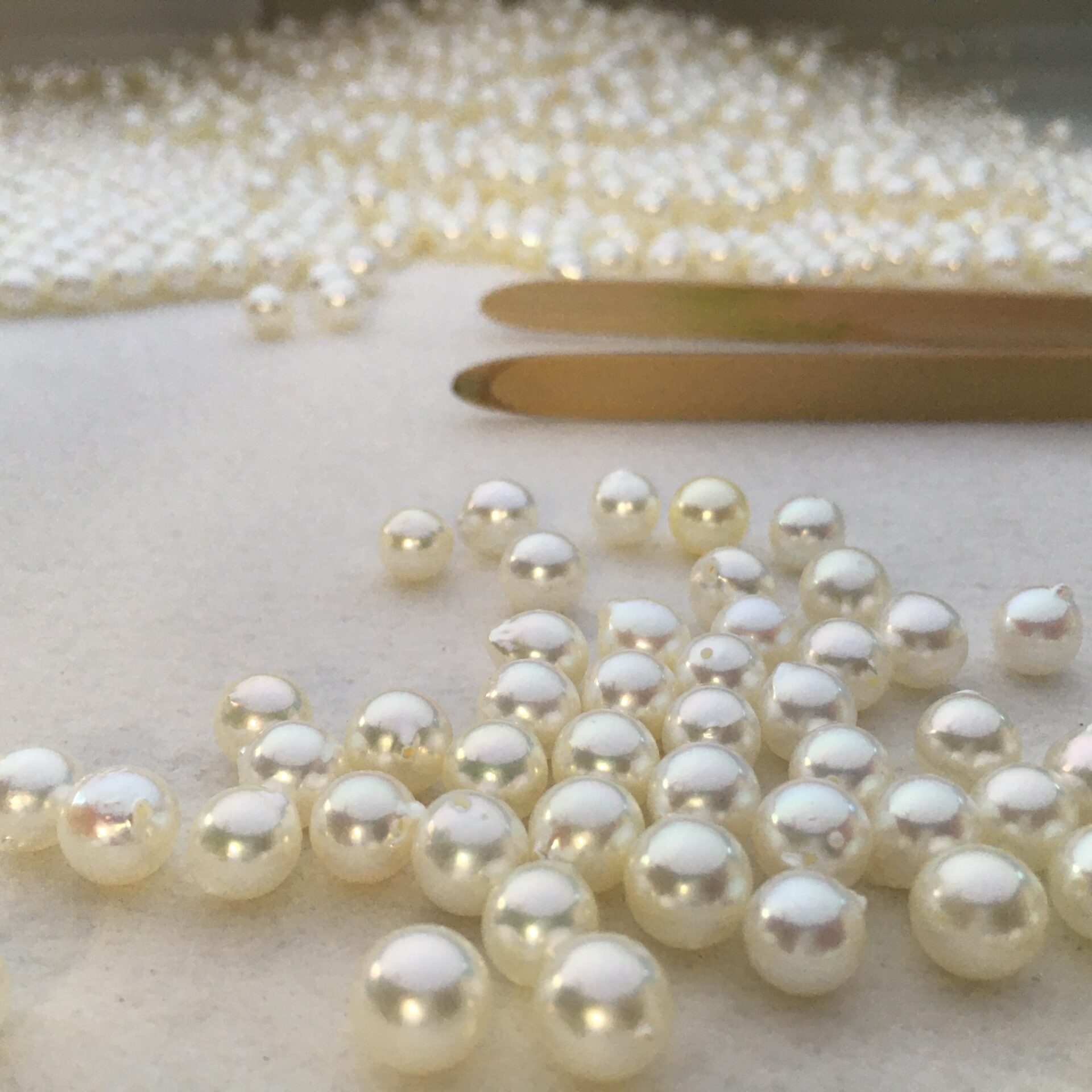
However, she said she didn’t feel that excited about being able to ride in a car, but just felt like she had a strange experience being rocked around in the car.
My parents’ generation grew up with Japan, which had lost the war and was literally a burnt wasteland.
They couldn’t eat sweet cakes freely, and ate potatoes and greens every day, and there were no games or televisions. They were a generation that struggled a lot, but they also benefited greatly from Japan’s period of high economic growth.
Japan was said to have been quite successful economically, but when I was in the latter half of elementary school, Japan began to decline. Thirty years have passed since then, and my generation is now called the Lost Generation. In the past, it was common for wealthy Japanese people to spend money on overseas trips, but now many overseas travelers buy a lot of cheap Japanese goods.
I didn’t think Japan would end up like this either.
However, there weren’t many overseas travelers, and the atmosphere is better than the 30 years of the complete recession. Many Japanese companies, such as Panasonic and Fujitsu, may have placed too much emphasis on domestic business. As a result, they continue to lose out to foreign competition.
Nowadays, Japanese companies are being acquired by foreign companies, and I think big changes are continuing to occur. Many people in their 50s and 60s who know the good times are conservative.
However, many of the generations who lived through the recessionary times below feel a sense of crisis that they will be eliminated if they do not participate in competition with foreign countries.
Personally, I would like such conservative and feudal people to retire soon.
The pearl industry is also very conservative. Many of the major pearl companies are hereditary companies, and they devote their energy to running the companies for their own and their families’ benefit.
For that reason, they avoid trying new things at all costs.
A company that manufactures metal fittings used in jewelry also had a similar opinion.
“The company is too conservative, so there is no trend to create new fittings.”
Apart from smartphones, Chinese companies sell a large amount of fashionable and trendy fittings.
A man of the same generation who works for a metal fittings company with the ability to make anything looked very frustrated.
He also seemed to believe that “the company will change if the older generation is gone.”
By the way, some people in the domestic diamond and other natural stone industries often say,
“The natural stone industry in Japan is conservative, but the pearl industry is also quite conservative and closed.” An Indian pearl dealer active in Japan often said, “We are saved because Japanese people don’t go out of their way to seek new customers.”
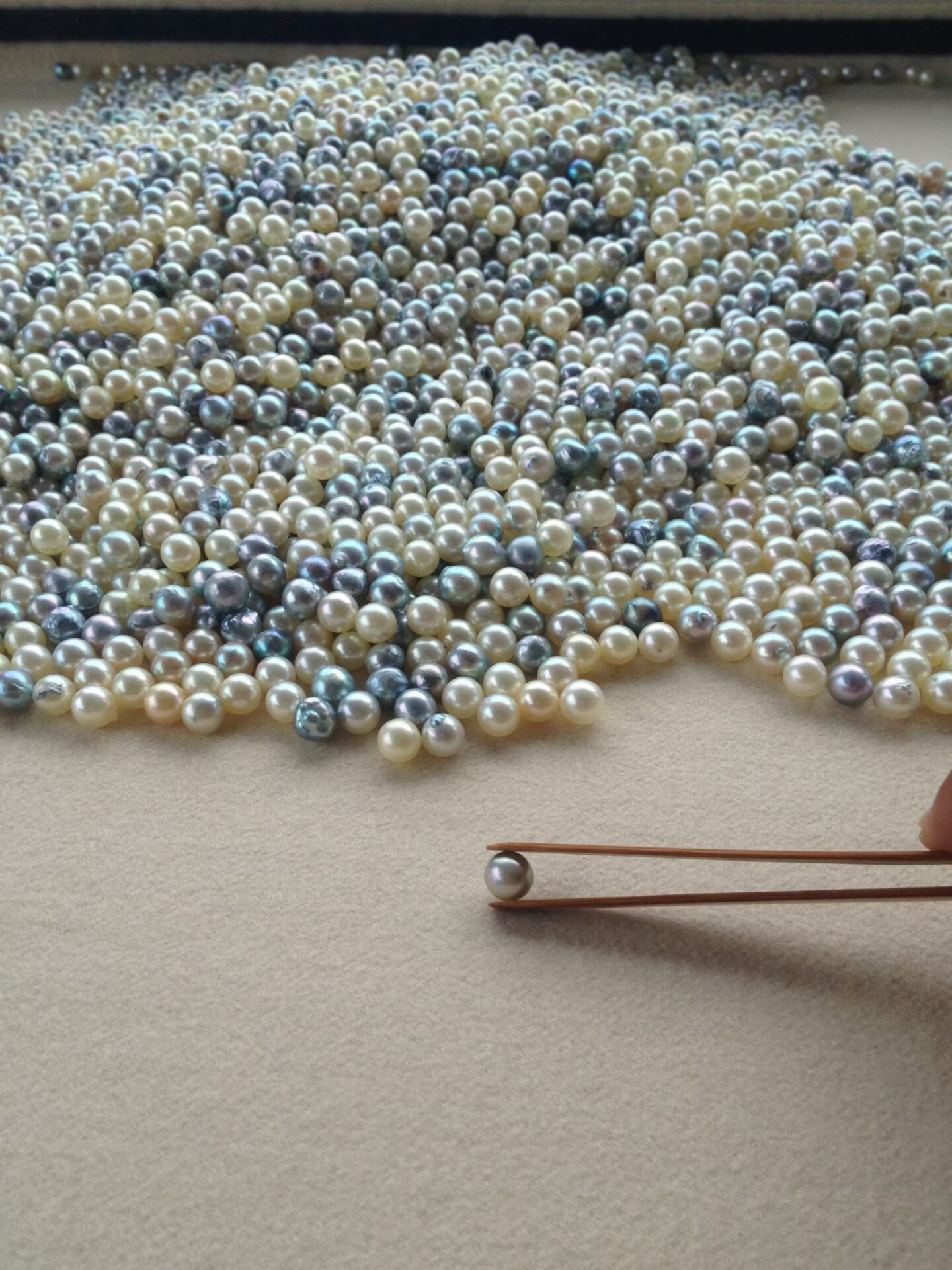
I’m starting to get a little dark and complaining, so I’ll stop here.
There are many wonderful pearls in this world.
I’m not trying to differentiate myself from them, but I think it would be good to have a few opportunities to know the people, environment, and situation behind pearls. Not only pearls, but also cars, tomatoes, and fish have their own wonderful and ironic things in the situations and industries that handle them.
I intend to continue to share various unnecessary things related to pearls, although it will be within the scope of my experience.
If you have read this far, I recommend other articles on pearl products.
Please consider the number of characters as a measure of your love for pearls and look after me with a kind eye.
Have a good shopping experience.
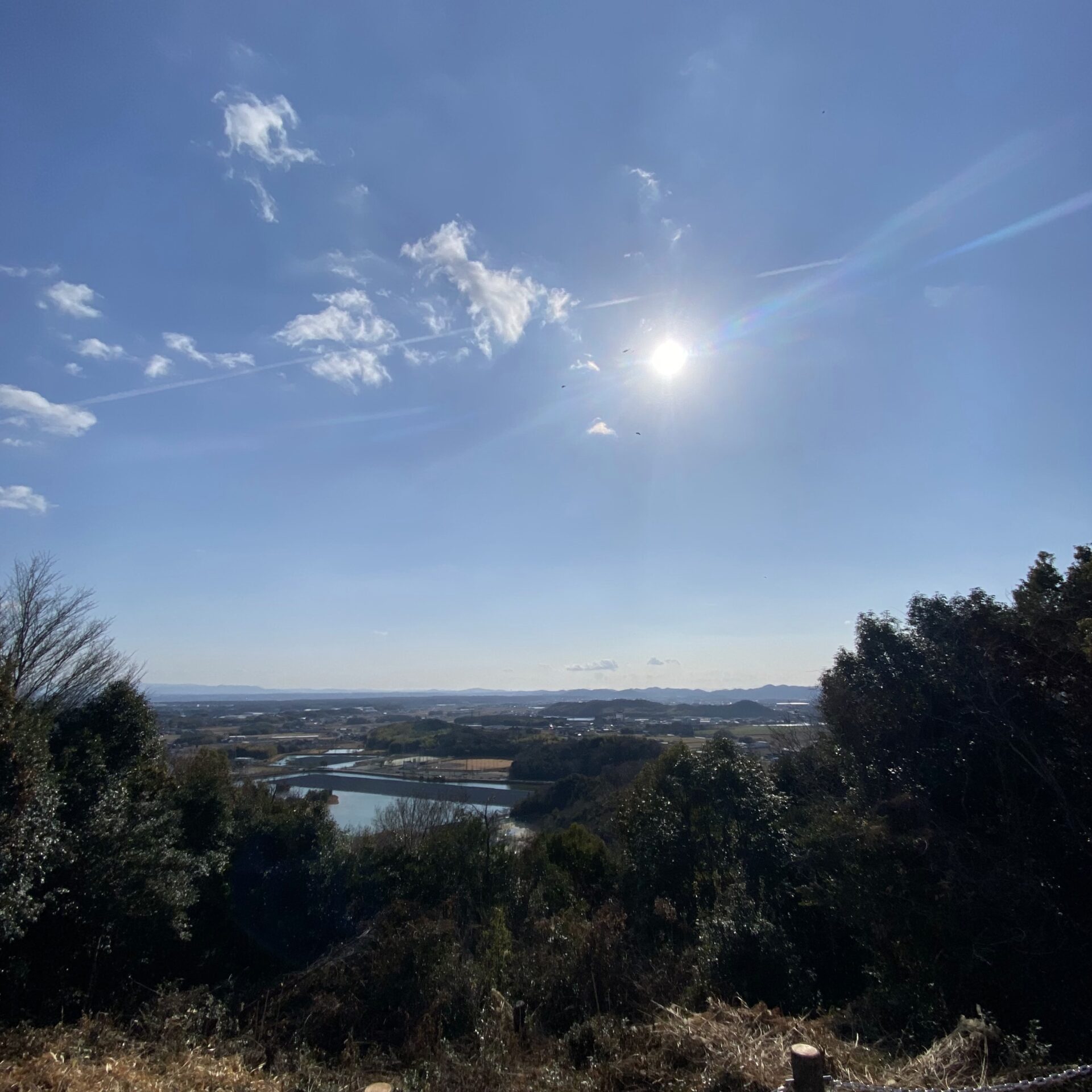
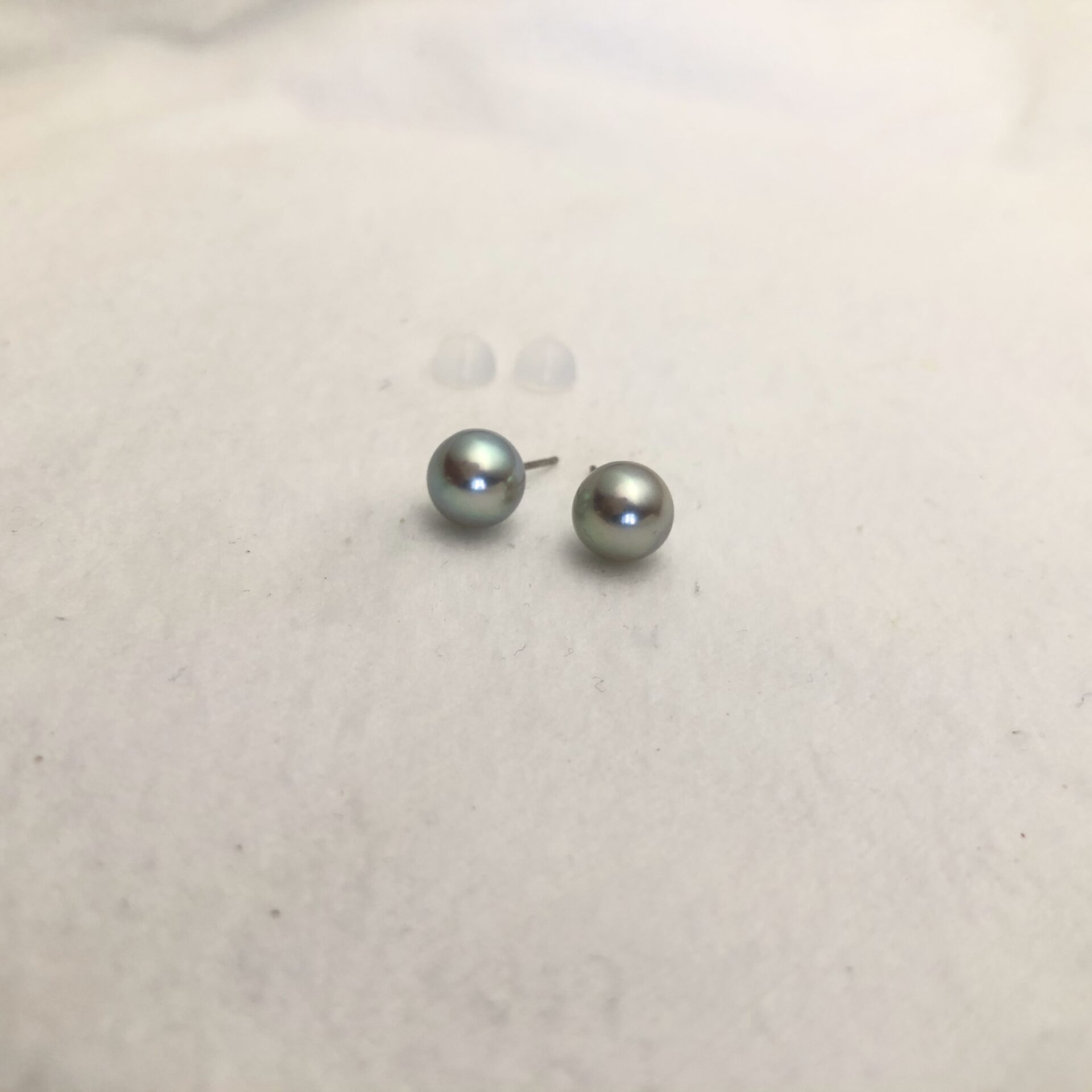
Comment